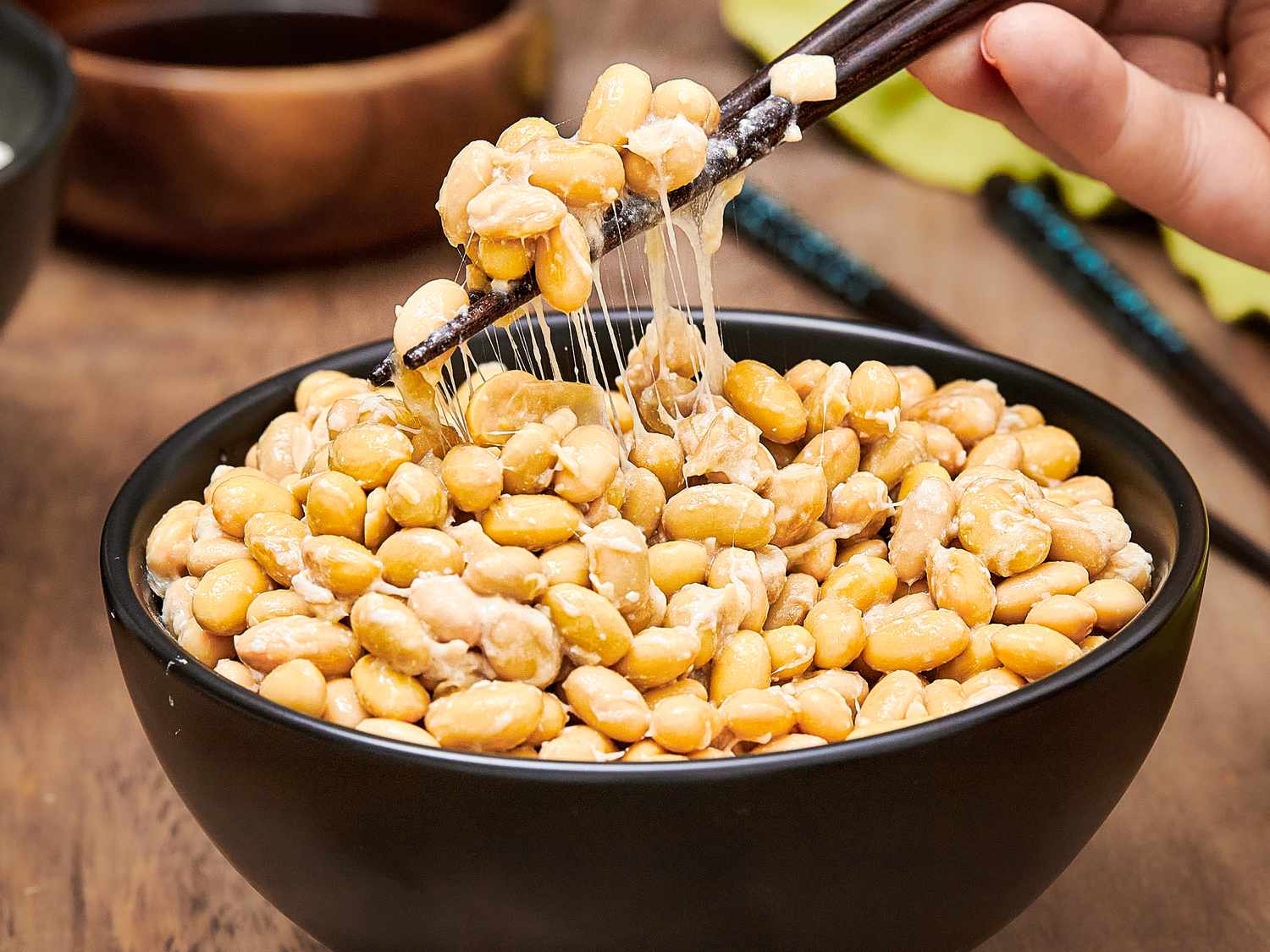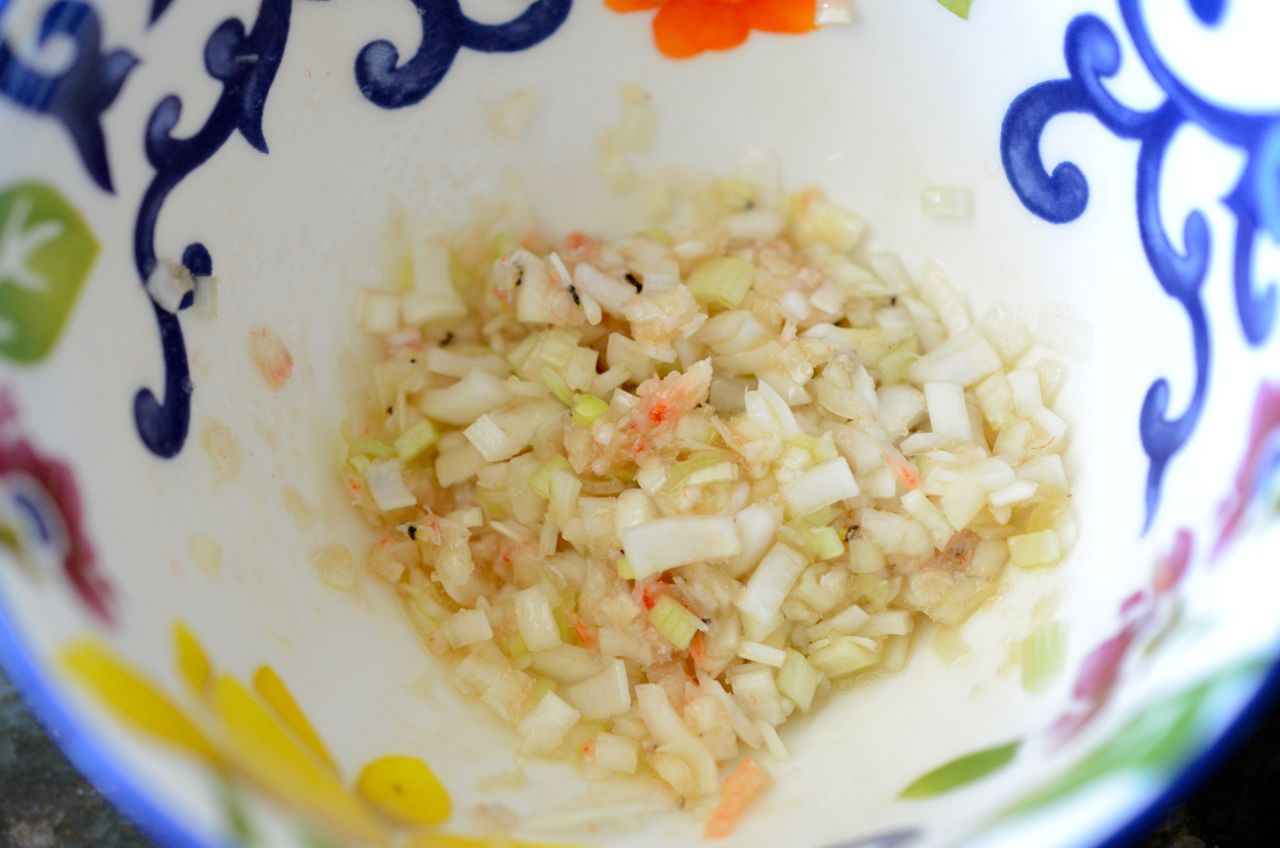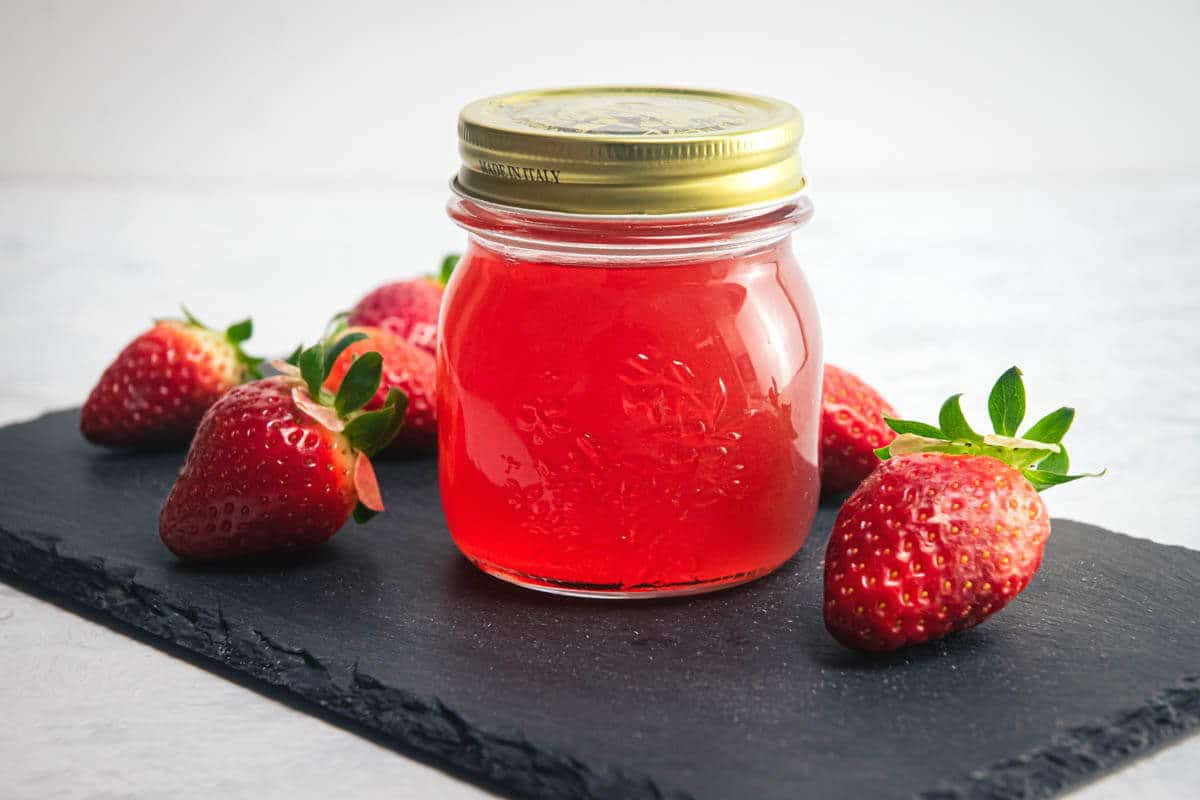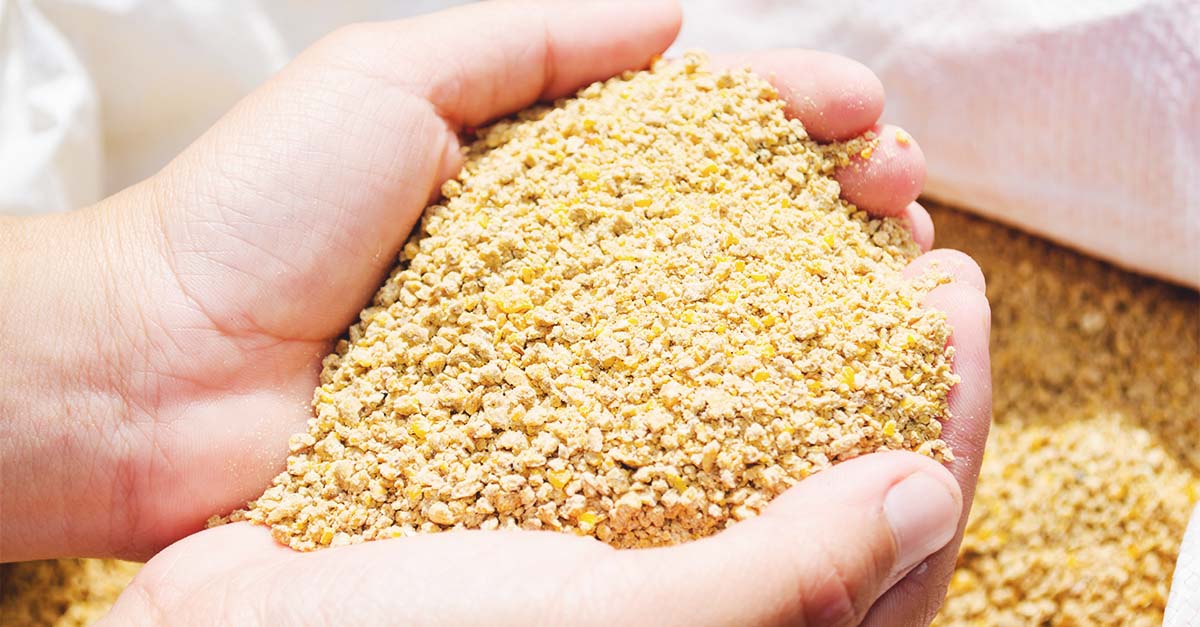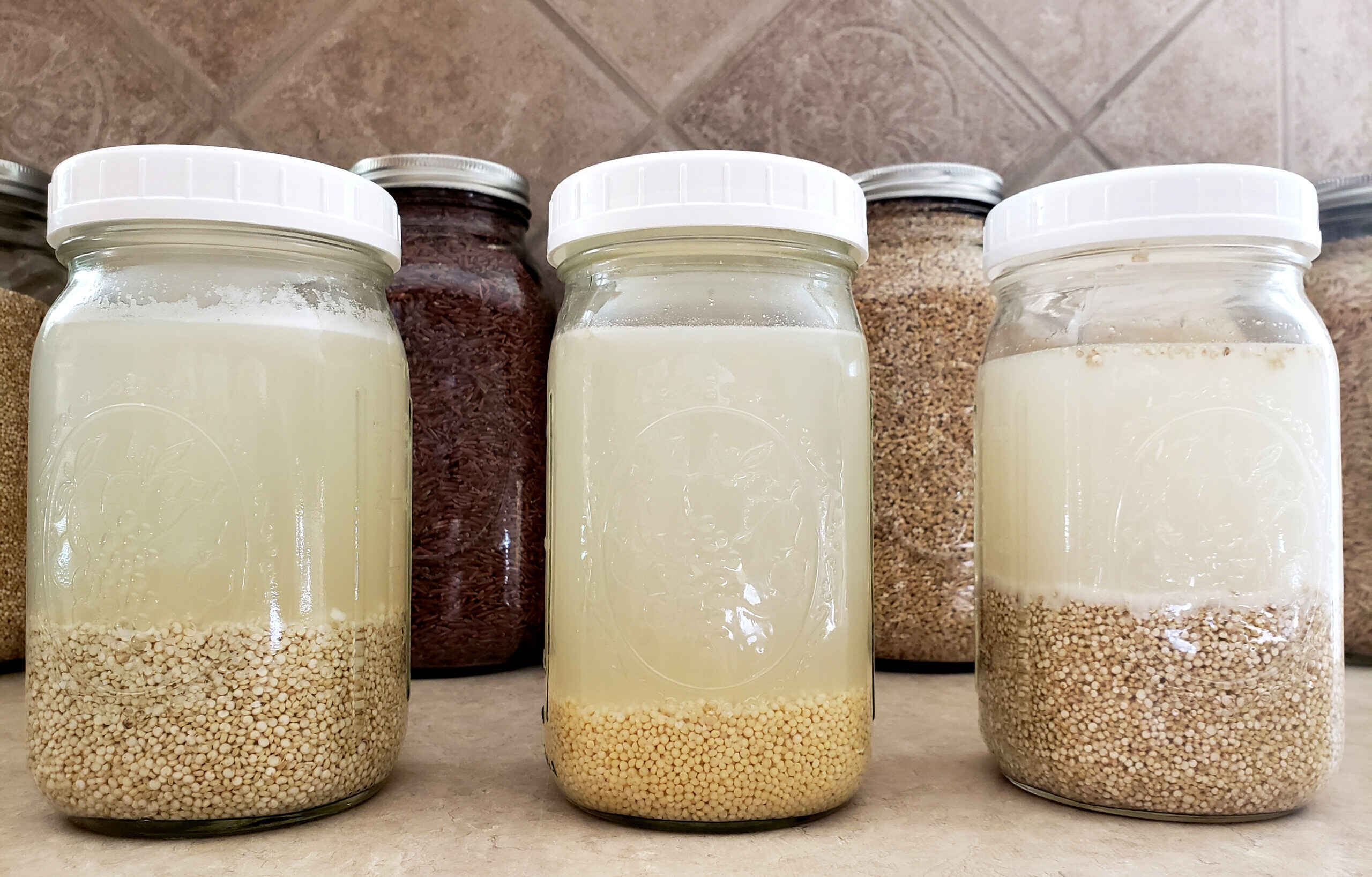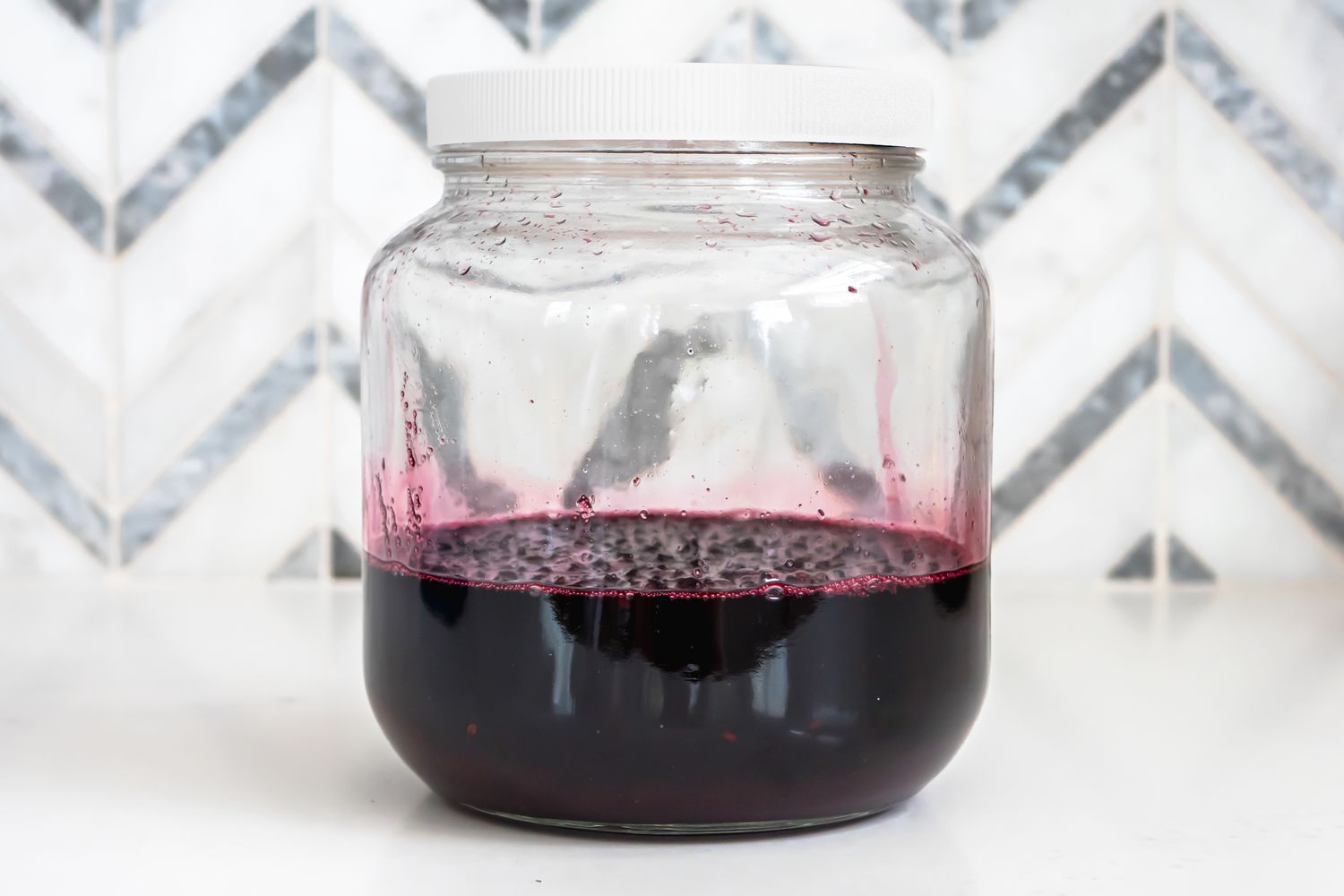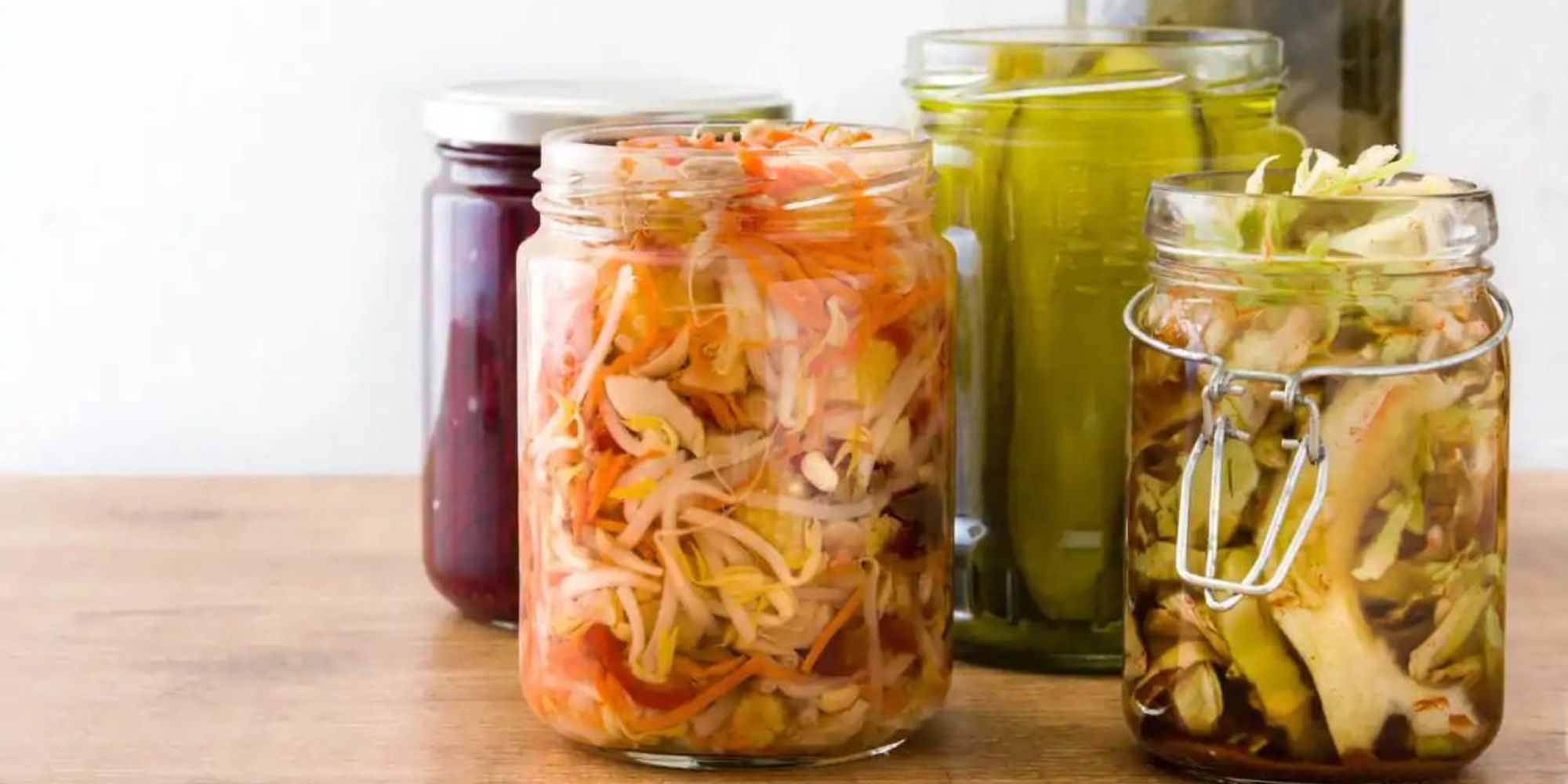Welcome to the World of Fermented Coconut Milk!
Coconut milk is a delicious and versatile ingredient that can be used in a wide variety of dishes, from curries to smoothies. But did you know that you can also ferment coconut milk to create a tangy and probiotic-rich treat? Fermented coconut milk is not only tasty, but it also offers a host of health benefits, including improved digestion and a boost to your immune system.
Why Ferment Coconut Milk?
Fermentation is a natural process that involves the breakdown of sugars by bacteria and yeast. When you ferment coconut milk, you are essentially creating an environment where beneficial bacteria can thrive. This process not only enhances the flavor of the coconut milk but also increases its nutritional value. The probiotics produced during fermentation can help to improve gut health and aid in digestion.
How to Ferment Coconut Milk
Now that you understand the benefits of fermented coconut milk, let’s dive into the process of making it. Here’s a simple guide to fermenting coconut milk at home:
- Choose Your Ingredients: Start by selecting high-quality, unsweetened coconut milk. Look for a brand that contains minimal additives and preservatives.
- Add a Starter Culture: To kick-start the fermentation process, you’ll need to introduce a starter culture. This can be in the form of probiotic capsules or a small amount of fermented coconut milk from a previous batch.
- Combine and Mix: In a clean glass jar, combine the coconut milk and the starter culture. Mix well to ensure that the culture is evenly distributed throughout the coconut milk.
- Allow to Ferment: Cover the jar with a breathable cloth or paper towel and secure it with a rubber band. This will allow air to flow in and out while preventing contaminants from entering. Place the jar in a warm, dark place and allow it to ferment for 12-24 hours, or until it reaches your desired level of tanginess.
- Refrigerate and Enjoy: Once the coconut milk has fermented to your liking, transfer the jar to the refrigerator to slow down the fermentation process. Your fermented coconut milk is now ready to be enjoyed!
Ways to Use Fermented Coconut Milk
Now that you have a jar of delicious fermented coconut milk, you may be wondering how to incorporate it into your culinary creations. Here are a few ideas to get you started:
- Smoothies: Add a splash of fermented coconut milk to your favorite smoothie recipe for a creamy and tangy twist.
- Curry Sauces: Use fermented coconut milk as a base for flavorful and probiotic-rich curry sauces.
- Dressings and Dips: Create tangy dressings and dips by incorporating fermented coconut milk into your recipes.
- Probiotic Treats: Enjoy fermented coconut milk on its own as a probiotic-rich snack or dessert.
Final Thoughts
With its delightful flavor and numerous health benefits, fermented coconut milk is a wonderful addition to any kitchen. By following the simple steps outlined above, you can easily ferment coconut milk at home and reap the rewards of this probiotic powerhouse. So, why not give it a try and elevate your culinary creations with the magic of fermentation?
Recipes and Creative Uses for Fermented Coconut Milk
Now that you've mastered the art of fermenting coconut milk, the culinary possibilities are vast and exciting. Whether you're looking for a refreshing drink or a hearty meal, the recipes provided can transform your kitchen into a hub of probiotic-rich creations. For a delightful morning start, try the Fermented Coconut Milk Pancakes, which offer a tangy twist to your traditional breakfast. If you're in the mood for something more exotic, the Fermented Coconut Milk Curry Sauce can be a flavorful base for your next curry dish. For those with a sweet tooth, don't miss out on the Probiotic Fermented Coconut Milk Cheesecake, a healthier alternative that doesn't compromise on taste. Each recipe utilizes the unique properties of fermented coconut milk, enhancing both the flavor and nutritional profile of your meals.
Was this page helpful?
Read Next: How To Ferment Coconut Water At Home

